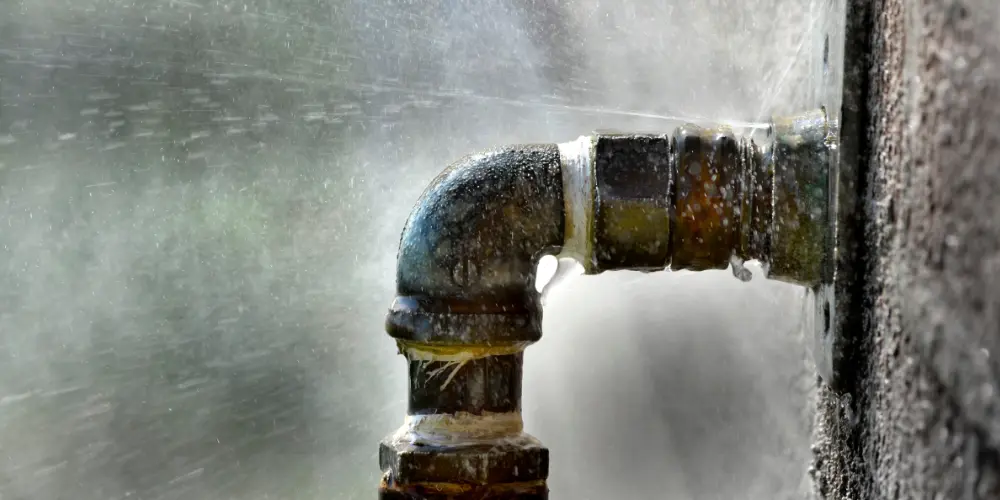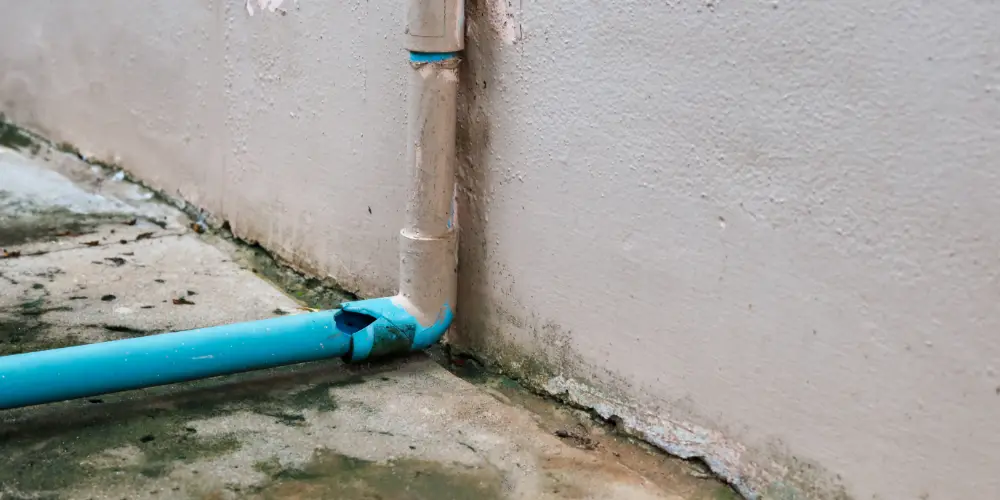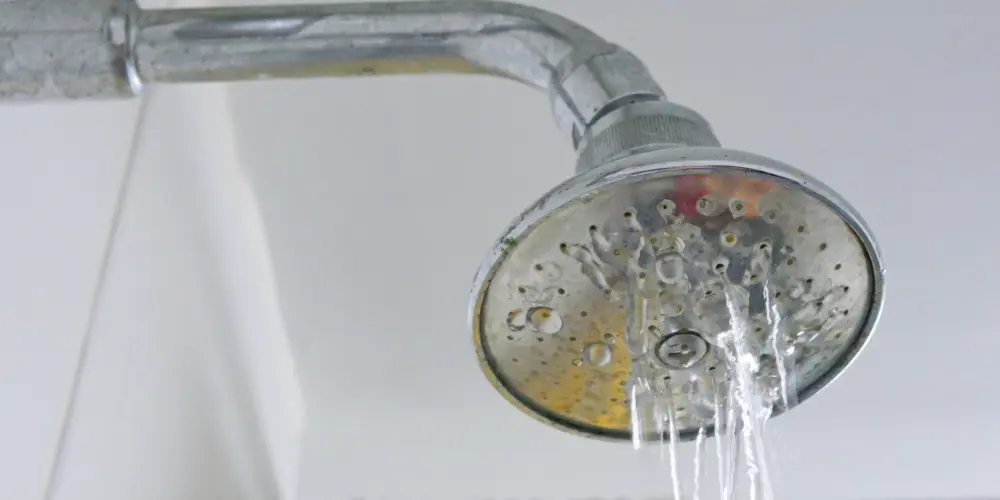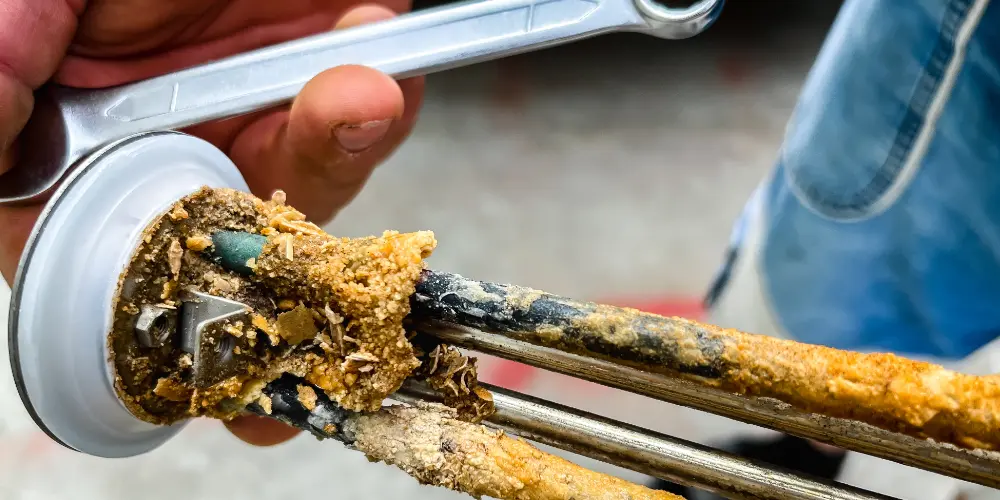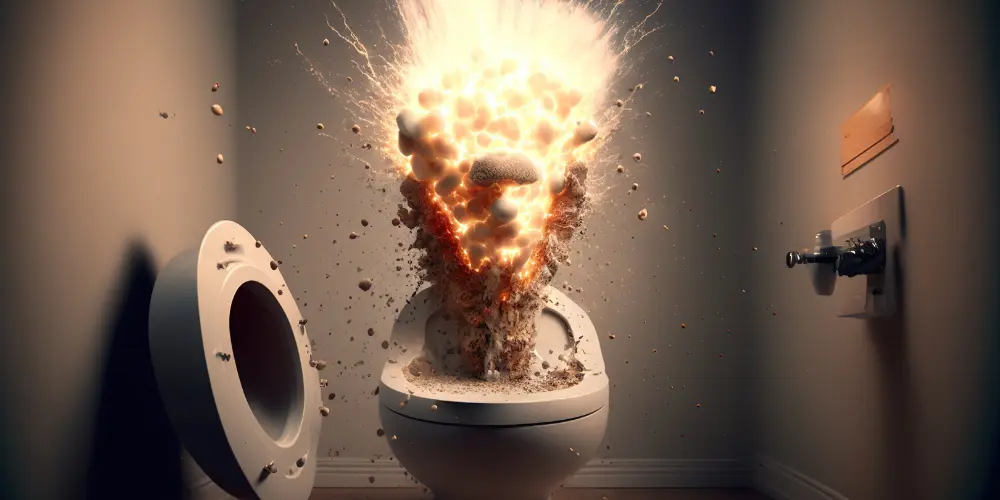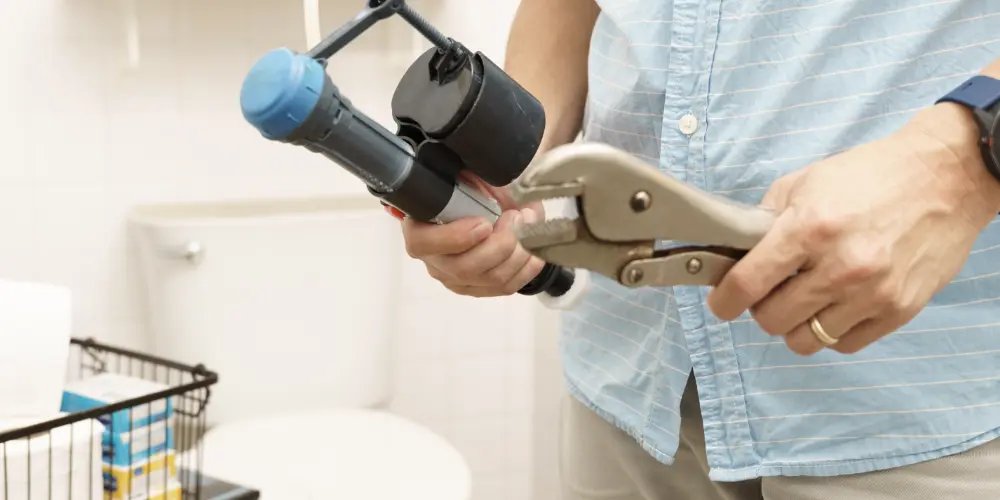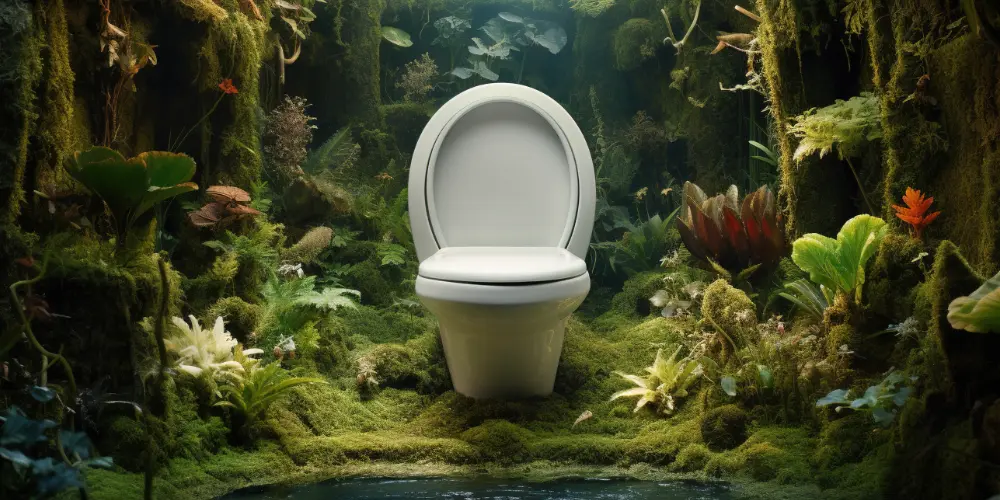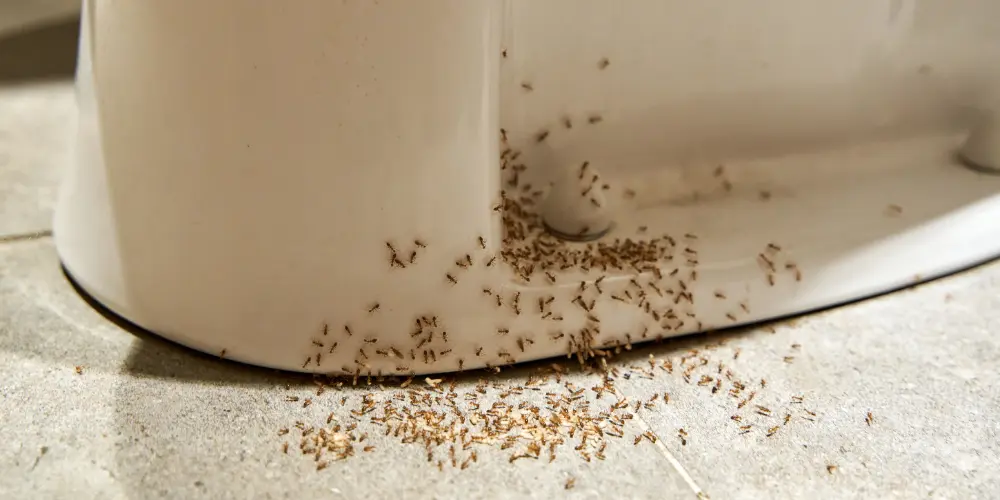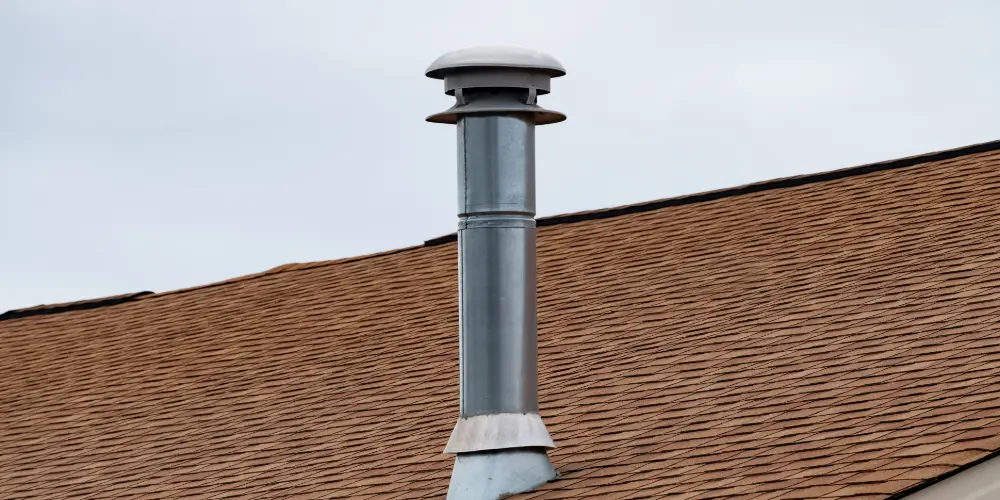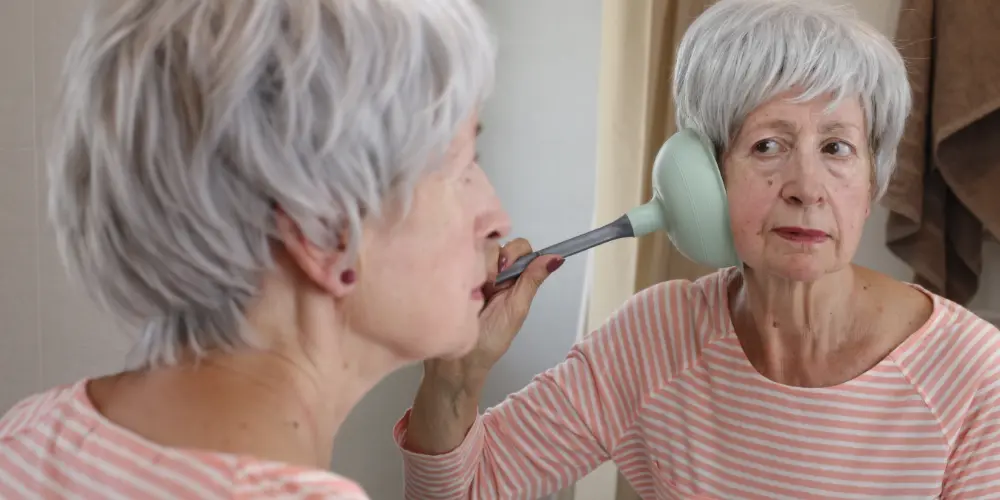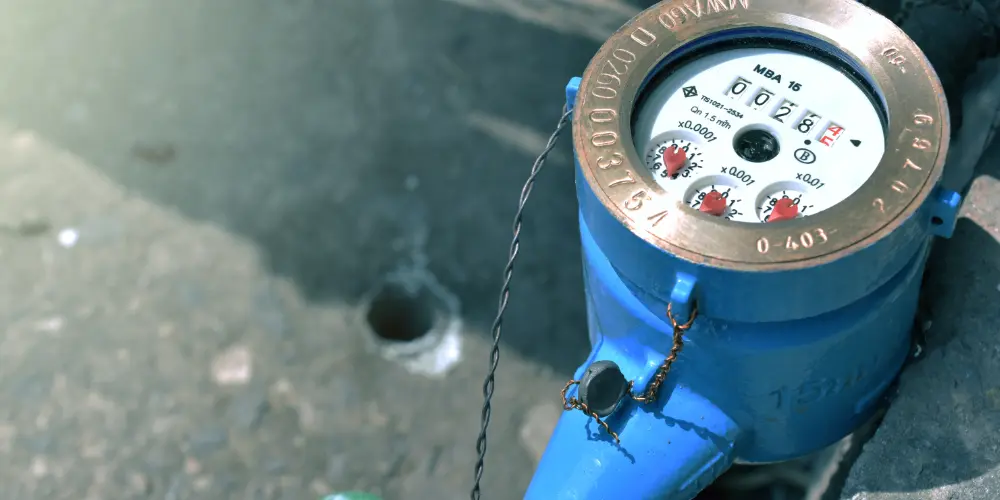All Things Plumbing & HVAC: The Orange Coast Plumbing Blog
Need to know what’s an emergency and which problems can wait? Which problems you can solve DIY? The Orange Coast Plumbing blog helps you understand common plumbing, heating, and air conditioning issues.
Water damage from plumbing leaks affects approximately one in 50 US homes every year. It ranks as a top cause of property damage claims among homeowners.
If you have older plumbing, you’re sitting on a ticking time bomb. Unless you have a leak detection system, you will have to deal with an expensive plumbing emergency at some point.
A water leak may not kill you, but it can do a world of damage when that pinhole leak goes from trickle to torrent.
You can patch that pinhole leak with Flex TAPE, like Phil Swift on late-night TV, but you’ll want a substantial repair in the long term.
In this blog, we’ll cover the simpler PVC pipe repairs you may be able to manage DIY.
Fixing low water pressure may involve a simple solution, like cleaning a shower head, or something much more complex, like digging up pipes and installing a new main water line.
In this blog, we’ll help you assess the situation — preferably before you start losing hair or sanity.
When it comes to water heaters, a quick and clean goodbye is precisely what you need. Postposing action on a faulty heater can be dangerous to your health and home. Besides, wouldn’t you prefer a gentle, comfortable stream of water from the shower head instead of the El Niño fluctuations of hot and cold you’re experiencing?
Your water heater could be sending you signals — subtle or otherwise — that it’s approaching retirement age.
Backflow prevention may not be first and foremost in your mind, but it’s crucial for the safety of your home and family.
Imagine the horror of a toilet exploding or contaminated water flowing back into your clean water supply. It’s a definite damper on your quality of life and a recipe for health calamities.
That said, there are ways to mitigate backflow risks, which we’ll investigate in this blog.
Does your toilet run constantly? Is your toilet tank slow to refill?
The first place to check is the flapper, the toilet part that wears out most often. Next comes the toilet fill valve.
If you’re lucky, it may require an adjustment. Otherwise, it will have to be replaced.
Low-flow toilets can save up to 2 gallons of water per flush or up to 20 gallons per day for a household of four.
Advanced low-flow toilets use 1.28 gallons per flush or 77% less water than conventional toilets.
Low flow is good.
Slow flow or no flow is, well, problematic. A toilet is the one genuinely indispensable fixture in your home. Plus, a malfunctioning toilet can lead to health hazards.
Water is scarce during Orange County, CA’s hot, dry summers. Imagine you’re a tiny ant whose only access to H2O comes from bathroom plumbing. From an ant’s viewpoint, your moist bathroom is an oasis in the Sahara.
This explains the ants in your bathroom, with its abundant water sources like sinks, showers, and toilets. Plus, bathrooms tend to be warm, making them an ant’s paradise.
Have you ever wondered about that mysterious pipe sticking out of your roof? The one that seems to do nothing?
It performs essential work, like the office oddball who quietly keeps things running while others get the glory.
We’re talking about the plumbing vent, an unassuming but indispensable part of your plumbing system.
What are you going to do in a pinch?
Just as you should know first aid for medical emergencies, you should master some DIY plumbing fixes for household emergencies. With a solid DIY repair, you may not even need the plumber! Plus, do you want to call a professional every time Junior stuffs too much paper down the John? It adds up.
Do you know your humble water meter is a secret weapon against leaks and water waste?
Unless you’re equipped with professional leak detection technology, like the good folks at Orange Coast Plumbing, you might want to keep an eye on it — not just to lower your bills but to nip plumbing disasters in the bud.
Is your toilet leaking at the base?
You may have a cracked toilet base, loose or corroded mounting bolts, or a deteriorated wax ring. Or it could be the flange that connects the toilet to the drainpipe. When the seal between the toilet and flange breaks, water can seep out each time you flush the toilet.

